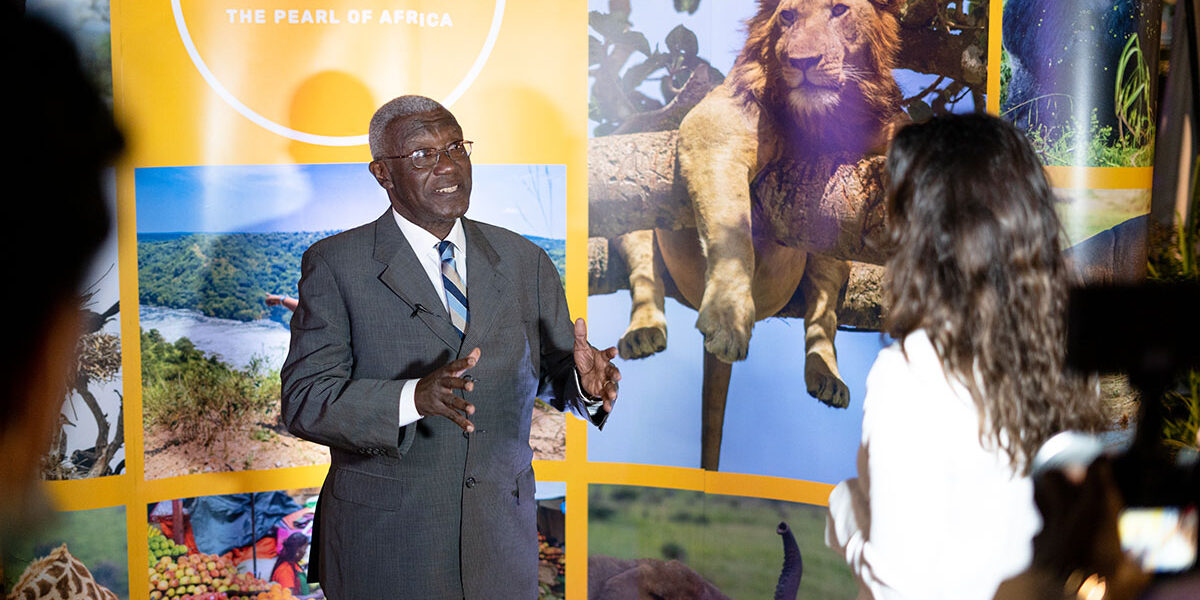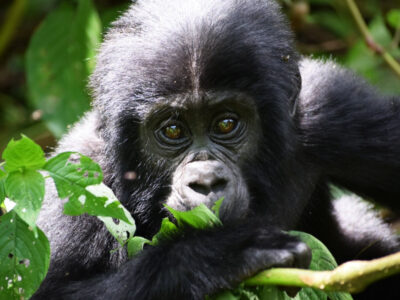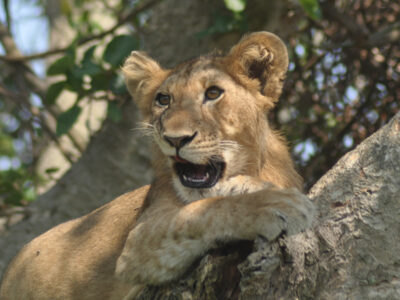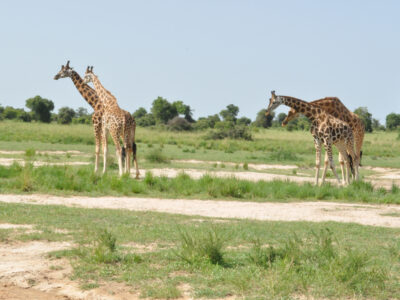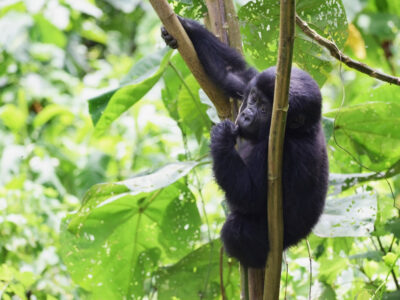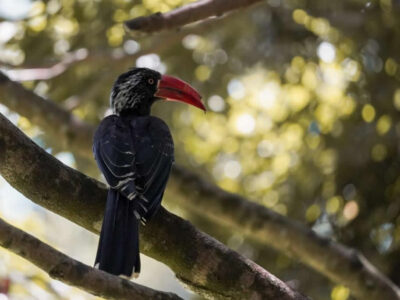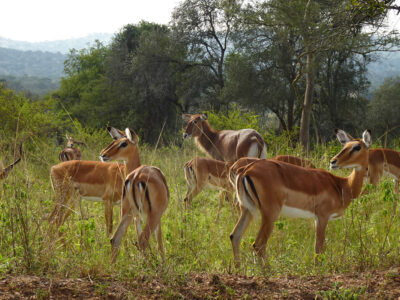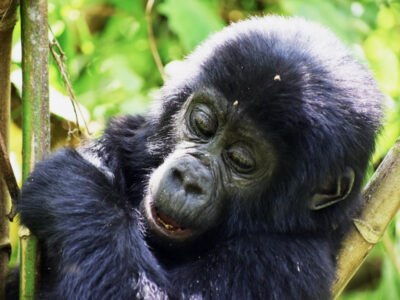For 2024–2029—a comprehensive roadmap for positioning the country as a preferred international tourism destination, Uganda has launched its first-ever National Destination Marketing Strategy (NDMS). Through Tourism, the strategy aims not only to enhance Uganda’s global branding but also to address regional disparities and redefine national identity.
The NDMS comes at a time when Uganda’s tourism potential—predominantly nature-based—remains geographically skewed. The southwest corridor, home to Bwindi Impenetrable Forest and Queen Elizabeth National Park, continues to attract the lion’s share of tourists. Meanwhile, vast areas in the north and east remain largely unexplored and underinvested.
Bradford Ochieng, Acting CEO of the Uganda Tourism Board (UTB) said that the NDMS isn’t just about bringing tourists in. “It’s about ensuring that the benefits of tourism flow to all regions, especially those historically overlooked by the mainstream safari economy.”
According to figures from the Ministry of Tourism in 2023, tourism contributed 5.3% to Uganda’s GDP. However, revenues continue to be drawn from a narrow set of attractions. To change this, the NDMS seeks by redefining tourism zones beyond the colonial-era ‘gorilla circuit’ and spotlighting lesser-known destinations such as Karamoja’s rugged savannahs, West Nile’s cultural trails, and Busoga’s Source of the Nile heritage.
Tourism is being positioned in this region not only as an economic catalyst but also as a tool for peace building, youth employment, and infrastructure development. Ochieng added that Karamoja has extraordinary untapped potential. The area has battled negative perceptions for years. Now, it has an opportunity to shine.” Key infrastructure investments are central to the strategy, including upgrading airstrips in Arua and Soroti and improving road connectivity to national parks beyond the western axis.
These developments aim to decentralize tourism traffic and stimulate investment in community-based accommodations and experience-driven tourism. Crucially, the NDMS also addresses Uganda’s cultural narrative. While undervaluing its rich ethnic and historical diversity, for decades, the country’s global tourism brand has centered on its natural wonders—mountain gorillas, the Nile, and Lake Victoria that is beginning to change.
UTB Chairperson Pearl Kakooza the NDMS emphasizes cultural mapping and storytelling from underrepresented communities. They are reimagining tourism as a national mirror, not just a foreign window. The strategy is not without challenges despite its promise. Critics point to previous national plans that faltered at implementation. New tourism corridors could spark land disputes and environmental degradation, others warn that without proper safeguards.
Nonetheless, many are optimistic, citing the inclusive approach to the NDMS, which involved consultations across more than 60 districts. If successful, the NDMS could mark a turning point—blending economic ambition with social progress and promoting tourism as a driver of inclusive development, not just a luxury export. It also strengthens Uganda’s growing MICE (Meetings, Incentives, Conferences, and Exhibitions) segment. In 2023, Uganda hosted 7,725 MICE delegates—an increase of 122% from 2022—with each spending an average of $453 per day.
Into the local economy, officials estimate that a single event can inject up to $500,000. By 2029, Uganda aims to rank among Africa’s top five MICE destinations. Daniel Irunga, UTB’s Senior Brand Officer said that with new facilities and their unique offerings, they’re well-positioned to capitalize on this lucrative market. He emphasized the shift from volume to value: “We’re targeting visitors who contribute more to the economy while preserving our environment and culture.” Uganda’s tourism strengths are considerable.
The country is home to 53.9% of the world’s mountain gorillas, over 1,200 bird species (11% of the global total), and 10 national parks, including the UNESCO-listed Bwindi Impenetrable Forest. It also shares nearly half of Lake Victoria and hosts the Source of the Nile. Irunga added that they shall promote, encourage, and celebrate positive behavior among all tourism stakeholders to ensure long-term sustainability.
Speaking on behalf of the Minister at the launch, Basil Ajer, Director of Tourism at the Ministry of Tourism, Wildlife and Antiquities, highlighted the rising global demand for responsible travel. He said if they don’t act now, they risk the viability of Uganda’s tourism industry. Noting that the strategy would attract higher-value visitors and benefit local communities, he pledged full government support for UTB.
With tourism identified as one of Uganda’s four key economic drivers, the NDMS, alongside the Explore Uganda campaign launched in 2022, serves as a national call to action. It champions sustainability and inclusivity, with a strong focus on empowering women, youth, and rural communities.

